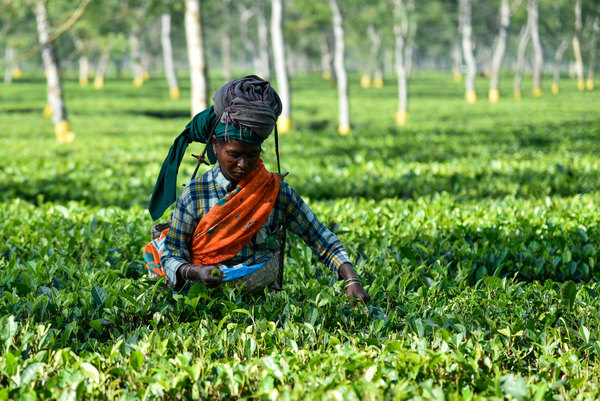Healthy soil: the foundation for healthy people and landscapes
On 5 December – World Soil Day – we celebrate the importance of soil as a foundation for healthy people and landscapes. As global population grows and places demands on agricultural outputs, we need to think carefully about how we use resources, including land. In the context of food security, simply increasing the amount of…
“A Wakeup Call” on Climate Change and Global Health
Climate change will affect human health through multiple routes according to speakers at the London School of Hygiene and Tropical Medicine (LSHTM) on Friday. They were there to launch “Climate Change and Global Health”, a book that analyses impacts on human health from heat waves, vector-borne diseases to conflict. Sir Andy Haines, Professor of Public…
The Cost of Pakistan’s Floods
IPCC Highlights Urgent Need for Greater Political Will Over Climate Change Readiness The last 2 weeks have seen the worst floods in Kashmir for almost 50 years. In Pakistan alone, more than 250 people have died and hundreds of thousands have been displaced. The waters currently extend well into the country’s most populous province, Punjab…
CABI Switzerland Scientists take home WSSA Award
Selected for their contribution to the Outstanding Paper in Invasive Plant Science and Management 2014, two CABI scientists took home this prestigious award at the Weed Science Society of America Annual Meeting in Vancouver. The event was held jointly with the Canadian Weed Science Society (CWSS) between 3-6 February 2014. Dr Hariet Hinz (left) and…
“Land Belongs to the Future, Let’s Climate Proof It” – World Day to Combat Desertification 2014
June 17 has been designated by the United Nations as World Day to Combat Desertification and Drought (WDCD). The slogan of this year’s WDCD is ‘Land Belongs to the Future, Let’s Climate Proof It’, which aims to ‘highlight the benefits of mainstreaming sustainable land management policies and practices into our collective response to climate change’. The…
Stakeholders recommend solution to challenges in Ghana’s citrus industry
CABI recently attanded a workshop to avert the total collapse of the citrus industry in Ghana. Along with other organizations, the Ministry of Food and Agriculture is looking for CABI to create innovation platforms to help improve the country's citrus industry. Stakeholders are most concerned about 'angular leaf spot' disease on which CABI has been asked to create guides.
Celebrating International Biodiversity Day!
22 May is International Biodiversity Day! This year, the theme is Island Biodiversity which was chosen to coincide with the UN's International Year of Small Island Developing States. Islands and their surrounding seas are unique. They ae often made up of many plant and animal species that are endemic—found nowhere else on Earth. The legacy of a unique…
CABI announces ICM Master’s programme on Swiss TV
CABI Switzerland's Andre Gassmann (left) joins Professor Ted Turlings on national television station Canal Alpha to announce the first ever Master's degree in the Swiss Canton of Jura. The degree will focus on Integrated Crop Managment (ICM) and provide an opportunity for students from around the world to study with experts while based at the…
World Water Day 2014
World Water Day (WWD) is held annually on 22 March as a means of focussing attention on the importance of freshwater and advocating for the sustainable management of freshwater resources. This year’s theme for WWD on Saturday is “water and energy”, to collectively bring attention to the water-energy relationship, highlighting the 768 million people that…



